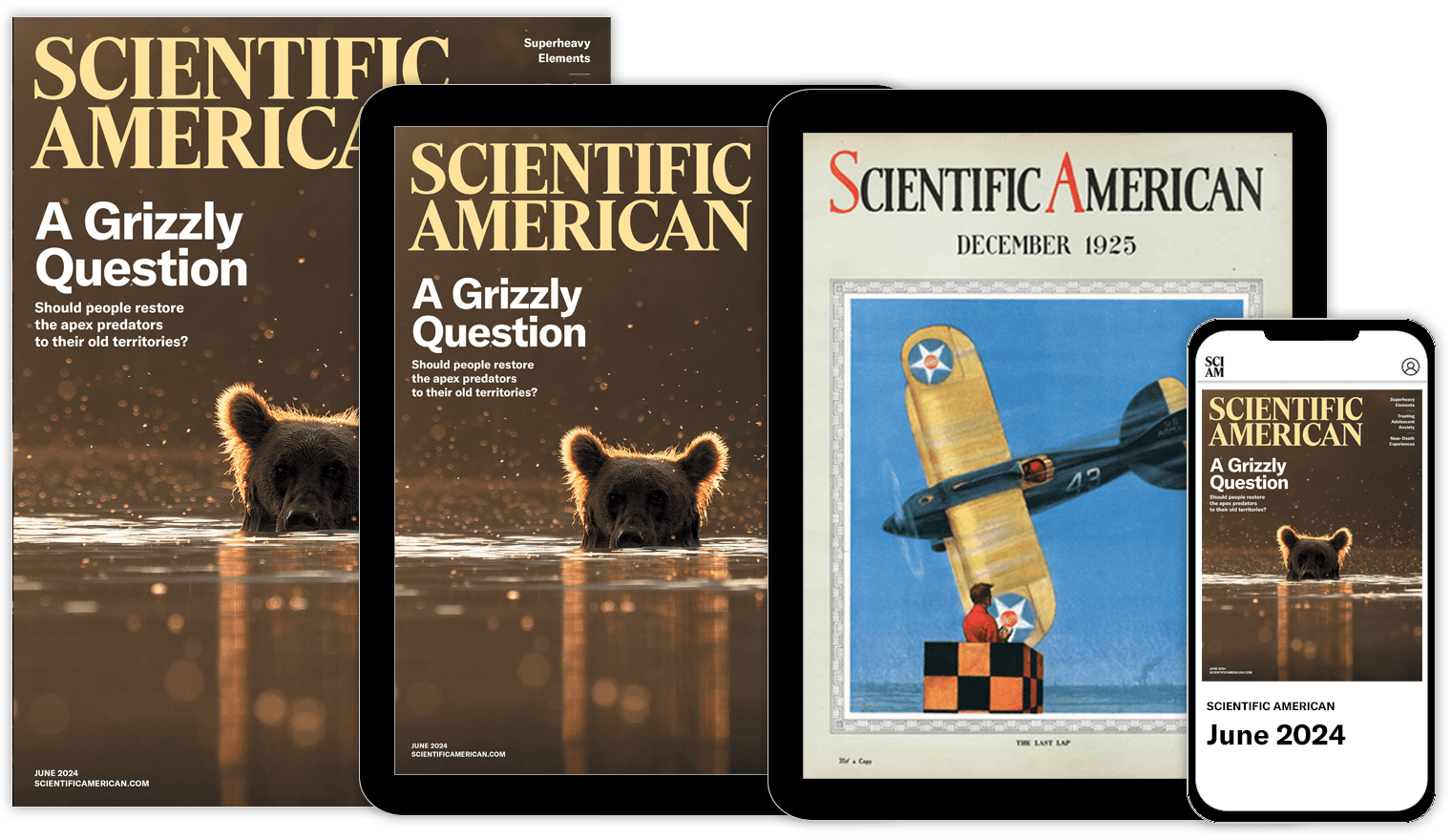图片来源:约瑟夫·威廉姆斯 (JOSEPH WILLIAMS) |
开花植物,或称被子植物的起源,是进化生物学的一大谜题。科学家们知道,它们至少在1.5亿年前从裸子植物(或称种子植物)中分化出来,但围绕这次分裂的细节仍然难以捉摸。为此,一项针对古老被子植物谱系发育生物学的新研究可能会提供一些见解。根据今天发表在《自然》杂志上的一份报告,池塘睡莲Nuphar polysepalum(右图)表现出一种关键被子植物特征的中间形式。
被子植物的种子含有一种独特的组织,称为胚乳,它可以滋养发育中的胚胎。(胚乳也是人类重要的营养来源,人类大量食用小麦、玉米、大米和大麦的种子。)这种组织在受精后形成,通常具有每个染色体的三个副本:两个母本副本,一个父本副本。在科学术语中,胚乳是三倍体。相比之下,裸子植物的种子具有单倍体的营养组织,也就是说,它只包含每个染色体的一个副本。
支持科学新闻报道
如果您喜欢这篇文章,请考虑通过以下方式支持我们屡获殊荣的新闻报道 订阅。通过购买订阅,您将帮助确保有关当今塑造我们世界的发现和想法的具有影响力的故事的未来。
学者们长期以来推测,三倍体胚乳是开花植物祖先的特征。但科罗拉多大学生物学家约瑟夫·威廉姆斯 (Joseph Williams) 和威廉·弗里德曼 (William Friedman) 进行的新研究表明情况并非如此。他们对Nuphar polysepalum胚胎和营养细胞 DNA 的检查显示,胚乳携带两组染色体,一组母本染色体和一组父本染色体。考虑到化石和分子证据表明睡莲是最古老的开花植物之一,作者认为它们的二倍体胚乳可能代表祖先状态,是连接单倍体裸子植物和三倍体被子植物的中间形式。他们写道:“在早期被子植物谱系中存在二倍体胚乳,使我们更接近于弥合开花植物及其种子植物祖先之间的巨大差距。”
